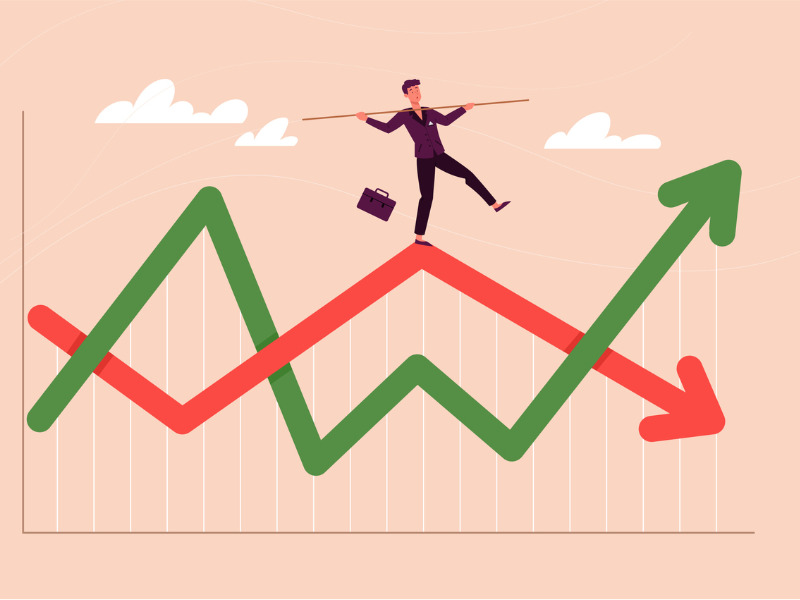How P&C investment returns will impact carriers in 2024

While repricing risk has no doubt helped P&C insurers improve profitability, investment returns driven by a higher interest rate environment are increasing insurers’ profits globally, a new Swiss Re sigma report shows.
And yet, most carriers will not earn their cost of capital in 2024 and 2025, because economic inflation is expanding claims costs.
In the global P&C insurance sector, premium will grow an estimated 3.4% due to rate hardening in 2023. “This reflects a significant repricing of risk, especially in claims-impacted lines,” the report reads. Swiss Re forecasts the growth will soften to 2.6% growth in 2024 and 2025.
At the very least, Swiss Re anticipates further hard market conditions into 2024. The reinsurer predicts the impact of economic inflation on claims costs is forecast to ease further over the course of 2024-25.
“We forecast total global real premium growth of 2.2% annually on average for the next two years, lower than the pre-pandemic trend (2.8% in 2018-19), although higher than the average of the past five years (2018‒22: 1.6%),” the report reads.
Many insurers are recovering their profits and closing gaps in their underwriting. Increased investment yields during the higher interest rate environment are helping, Swiss Re observes.
P&C insurance profitability will improve to around 10% return on equity (ROE) in both 2024 and 2025, well above the 10-year average of 6.8%, according to sigma findings.
“This is driven by higher investment returns given the higher interest rate environment, as well as better underwriting results due to more commensurate premium rates in both commercial and personal lines,” the report reads.
Globally, investment returns have surpassed 3.3% in 2023 and Swiss Re expects them to climb to around 3.7% in 2024, and 3.9% in 2025.
All in all, investment results are expected to be a more important component of industry returns in the coming years.
As panellists noted during Canadian Underwriter’s recent webinar, 2024 Economic Outlook, positive actions by insurers take time to filter through the system.
“The reality will be is that even if rates stabilize…it’s going to take some time for that positive impact to be able to come through, because we collect the premiums at the time that the policy is taken out, we don’t collect premiums at the time the claim is made,” said Colette Taylor, chief operating officer at Sovereign Insurance.
And until investment returns rise substantially, inflated claims costs remain a major factor in underwriters’ pricing for the insurance product.
Line by line, Swiss Re’s observed a rise in auto insurance in 2023, which is accompanied by higher claims frequency and severity.
“This differs from the initial post-pandemic claims surge, which was driven principally by surging repair costs for motor-own damage claims (spare parts, replacement cars, repair costs),” the report notes. “Loss costs have decelerated somewhat recently, but the combined ratio may well remain above 100% in the coming years.”
Property has experienced an ongoing upward claims trend, which is fuelled by higher replacement costs compared to two years ago.
“The global loss burden from natural catastrophes is also continuing to grow, and we estimate the long-term growth rate at 5% to 7% in inflation-adjusted terms since 1992,” the report reads. Plus, higher wages and higher financing costs as a result of tighter monetary policy keep construction costs elevated.
Underwriters will need to properly estimate claims liabilities, and understand how to price it to make a return on capital, Alister Campbell, president and CEO of Property and Casualty Insurance Compensation Corporation (PACICC) said during CU‘s 2024 Economic Outlook webinar.
“What’s happening with the cost of repair on auto, what’s happening to the cost of renovation/construction in home, and what’s happening with the cost of repair and commercial property — all of those lines of business will have unique sets of inputs, and their inflationary results might be very different from the bumper sticker average,” said Campbell. “You’ve got to price for your line of business properly to get this right.”
Feature image by iStock.com/Rudzhan Nagiev







